Agricultural Safety Matters
Six key areas of farm safety
In the UK, farming and safety don’t seem to get along too well.
In fact, farming suffers from one of the poorest safety records in Britain and Ireland, with HSE figures highlighting how of the 137 workplace fatalities during 2016/17 27 of those occurred in agriculture; that’s 18 times higher than what most of industries suffer over five-years. Worse still, this figure has now actually risen to 29 rural fatalities in the last year.
It’s a shocking statistic connected to deaths that are both tragic and unnecessary. Agricultural safety matters and no one should end up ‘buying the farm’ over a preventable mistake.
To help raise awareness of the commonplace risks which are being overlooked we’ve collected important advice for six key areas of farm safety.
Experience and training in Agriculture
While this might be a basic point, it is one always worth reiterating; experience and training count for a lot in any workplace and agriculture is no exception to this.
If you are not experienced or trained in a given task never opt to “wing it” or assume vaguely comparable tasks automatically equate to a sound understanding. If you don’t know how to safely undertake a task it’s time to reassess whether you should be doing it at all.
A general knowledge of occupational Health and Safety is a good starting point as a basis for safe working practice while it’s important that specialist roles supply or require appropriate training.
Safety Factors Related to Vehicles
Accidents where people are struck, run down or trapped beneath overturned vehicles are the largest cause of farm fatalities. Tractors, trucks and harvesters facilitate ease in farming tasks but should be operated with appropriate care at all times.
Safe operation of farm vehicles can typically be covered by the following checks:
- Safe Stops need to be made when you are leaving the driver’s seat, if someone is approaching the vehicle or if any kind of maintenance is being carried out. The correct procedure to follow should always consist of engaging the handbrake, placing the vehicle in neutral, switching the engine off and removing keys or locking-off the power supply. This dramatically reduces the likelihood of accidental movement.
- Safe Vehicle procedure requires that the vehicle in question is deemed to be appropriate for the task at hand. Ask yourself; can it safely perform the job? Will it create unnecessary risks? Additionally; is it well maintained? Is it regularly inspected for faults and are requisite features such as mirrors, seatbelts and guards correctly in place? If there are any doubts, you should immediately cease work, reassess the situation and address the risks.
- Ensuring you have a Safe Driver is as vital as ensuring a vehicle is in working order. When a vehicle is used consider whether the driver (you or any other colleague) is both adequately trained in its usage and in a suitable state to drive. If a medical condition, medication, chronic ailment or intoxication presents a strong likelihood of impaired judgement or capability then driving should be off the cards.
- Passengers should only ride in passenger seats. ‘Improvising’ with passengers in a way which impairs access to controls and visibility or where the passenger might be thrown from the vehicle are never acceptable. Entering or exiting the vehicle while it is in motion also introduces substantial chance of a serious mishap.
- Ensuring a Safe Site for vehicle operation demands suitability of surroundings when a vehicle is in motion. Before commencing, ensure movement around pedestrians is reduced or avoided, that adequate lighting is provided for the operation area, that appropriate warning signage is present in line with related highway code and that buildings and storage facilities are adequately spaced to facilitate safe movement.
Even when on foot care around vehicles should still always be taken; avoid approaching moving vehicles from behind, beside or any other probable blind spots, especially when reversing. Draw attention to yourself as soon as possible to ensure the driver knows where you are.
Safe Machinery Usage
Commonplace farming machines such as balers, harvesters and choppers present a deadly risk if underestimated thanks to their large number of moving parts. As with vehicles everything should be safely stopped when the operating position is left, if maintenance is required or if someone approaches.
A great deal of safe machinery usage on farms overlaps with that of vehicles but there are a few specific points worth remembering.
Before any new machine is operated a thorough risk assessment needs to be made to ensure any notable risks have been accounted for while strong communication is imperative between all operators. Failure to do so could lead to miscommunication, miscommunication could lead to an accident and an accident could lead to a tragedy.
Besides ensuring functionality and the presence of appropriate safety guards, everyone involved in a machine’s operation must be trained in its usage, familiar with its instruction manual and wearing appropriate personal protective equipment (PPE) such as gloves, goggles and hard hats. Any loose, dangling clothing and jewellery should be removed and long hair tied back as well to prevent entanglement or trapping hazards.
Livestock in Agriculture
While agricultural machines present substantial risks under the wrong circumstances, they are comparatively predictable next to farm livestock.
Management of the latter can be a complicated field with substantial amounts of training and experience required for safe handling.
Cattle present some of the greatest injury risks and require continuous caution, even when they appear docile; if frightened, kicking and trampling present formidable risks to handlers. Keep in mind that infrequent handling and new calved cattle are likely to have more volatile behaviour, while failure to restrain them during stock tasks also increases the risk level enormously.
If you are required to carry out tasks such as treatment or tagging a ‘crush’ (standing stock) is the safest situation under which to approach a cow. A combination of locking front gate and a yoke will help to hold them in place, with a secure setup including rails, chains and bars to minimize movement and being securely fitted to the ground or a heavy vehicle.
Bulls also deserve specific mention here, being powerful and liable to fatally injure handlers if treated incorrectly and angered. Training them to associate said handlers with feeding, care and exercise reduces the likelihood of this occurring, but regardless it’s essential that all related equipment such as handling poles is present and in good repair while handlers themselves need to be competently trained.
Electrical Hazards and Farm Safety
It can be easy to overlook electrical hazards out in the country, but this neglects the fact that they are still very much present and as deadly as any other instance.
Overhead powerlines have caught many out when driving large farm vehicles mounted with raised equipment; machinery doesn’t even need to make contact with OHPLs for a fatal shock to be transferred as arcing could occur if you get too close. Be sure that you and your colleagues have a strong awareness of surrounding lines on roads regularly used from day one and avoid them completely wherever possible.
This level of care should also extend to your own farm electrical systems and appliances. Ensure cut-off switches are readily accessible, visible and known to all farm workers should power need to be suddenly stopped and that any cabling used is kept in good condition and replaced immediately when damaged.
Be careful of damp working atmospheres too such as places where sprayers, hoses and jets are used. There should NEVER be any exposed socket outlets unless they are appropriately insulated and protected by an RCD (Residual Current Device).
Construction and Building Maintenance Safety
Finally, construction and building maintenance safety is a field worthy of its own write up, but general safety pointers are worth mentioning in the context of farm work.
Roof work is a particularly common cause of injury in agriculture so be sure to assess all the risks before clearing any work to be done. Key areas of concern should include structure strength (can it hold a person’s weight?), working conditions (weather), PPE (harnesses), equipment (guard rails) and basic training. As with most other points in this blog, doubts that arise surrounding the latter should never be ignored.
Excavation and demolition are also reasonably commonplace. For the former ensure controls protecting against collapses are in place before any work begins and for the latter ensure the process is carefully planned without rushed execution or unlicensed disposal of asbestos materials.
If substantial risks are identified “manning up” is never an excuse to continue work; consult a professional and form a safe plan of action.
As illustrated in all the areas above without care, training and equipment the stage is set for further fatalities and tragedies in agriculture. However, with a little more care and awareness there’s no reason we can’t bring farming’s shocking figures in line with the UK’s other industries.
SHEilds Ltd

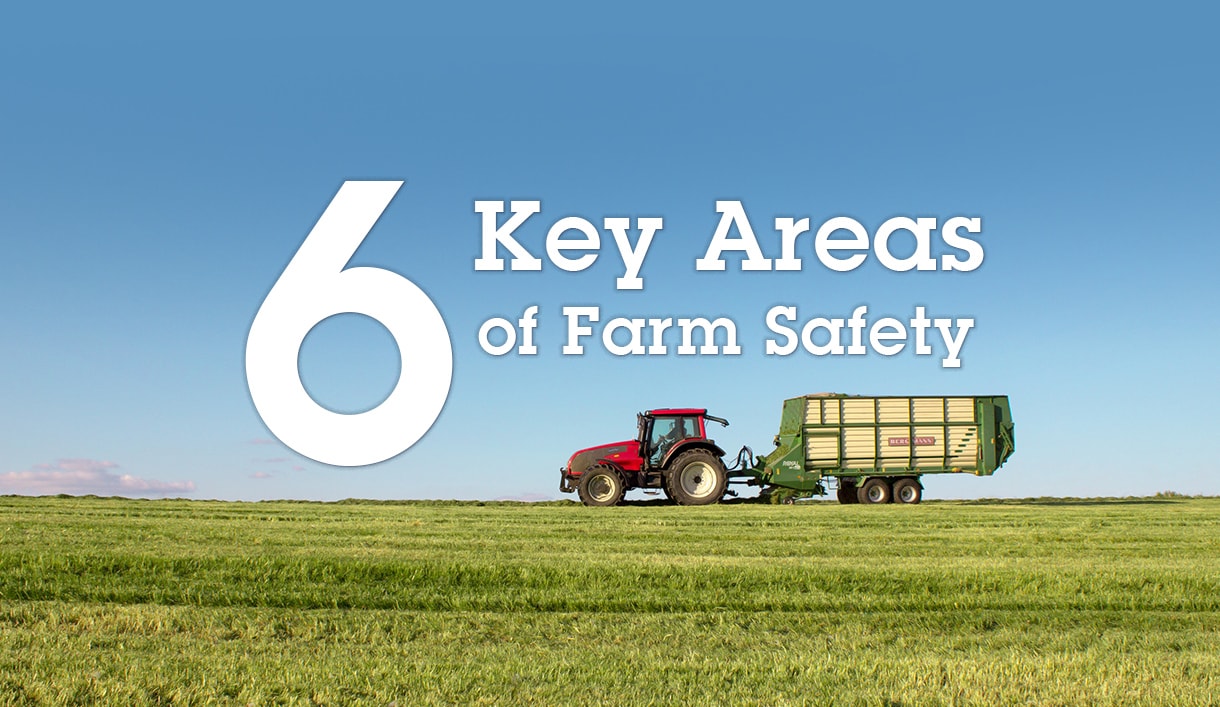

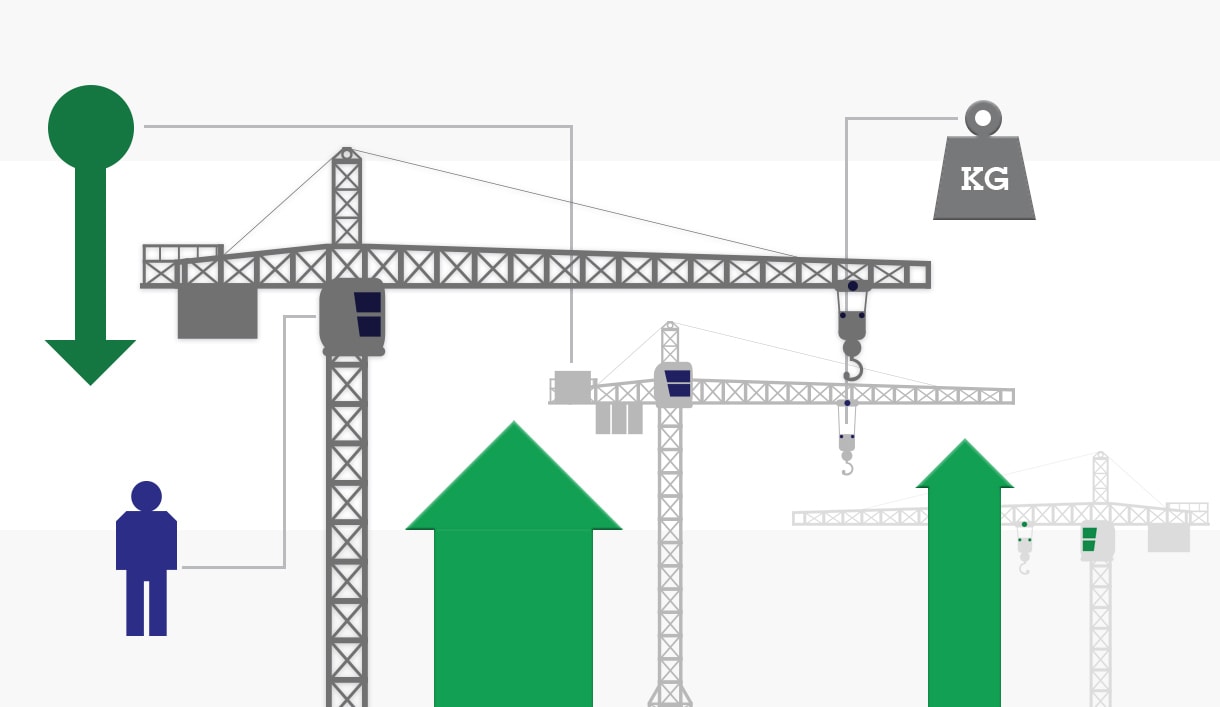
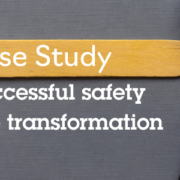
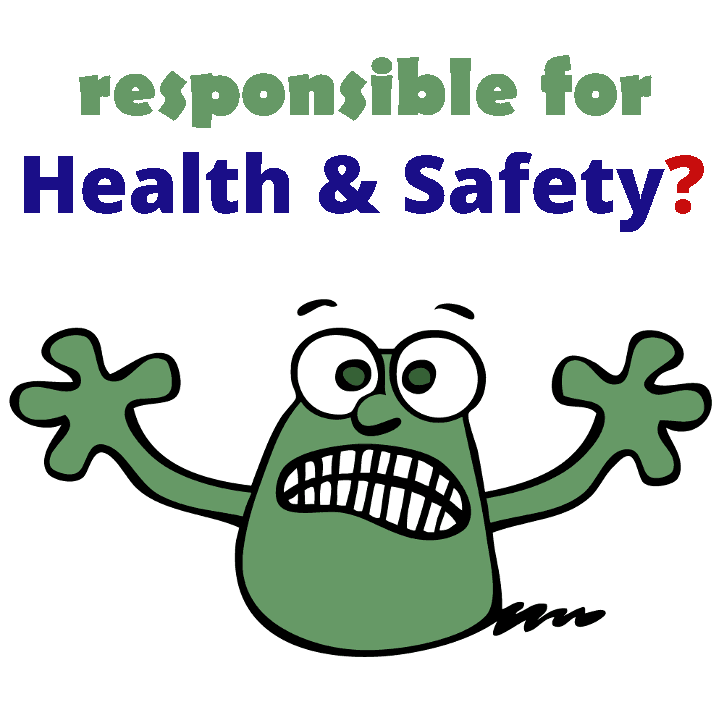
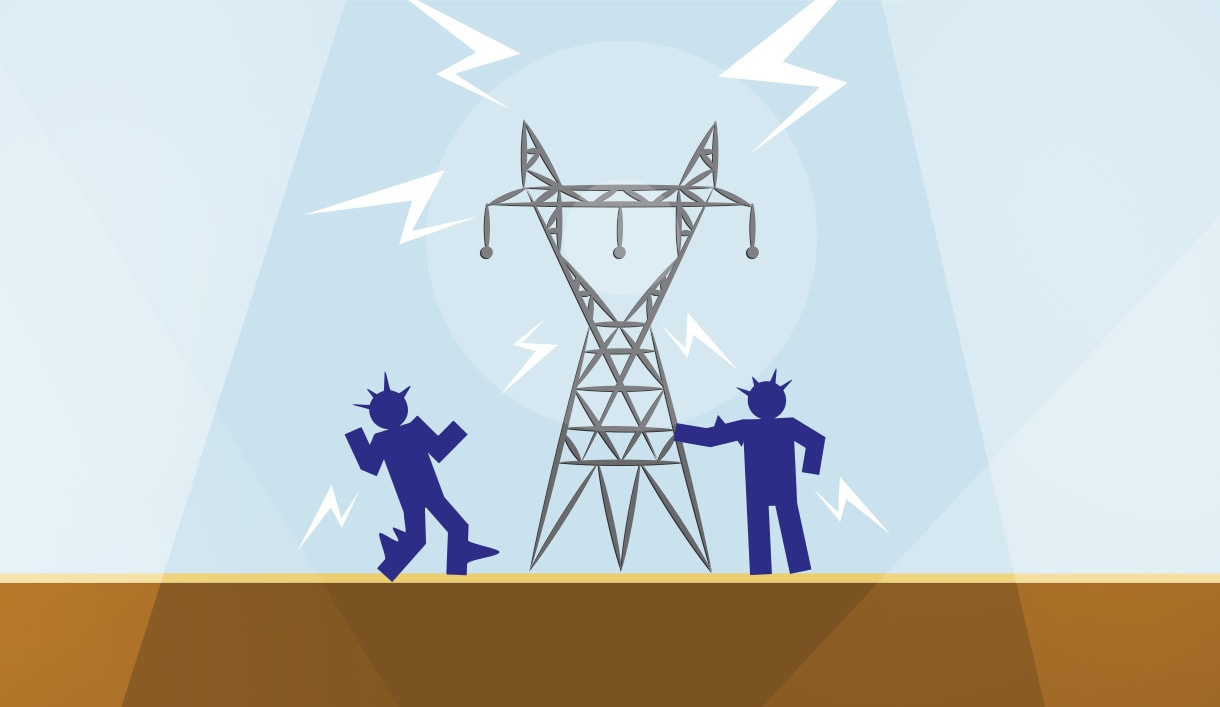

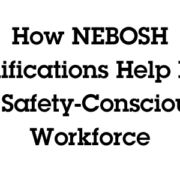
Leave a Reply
Want to join the discussion?Feel free to contribute!